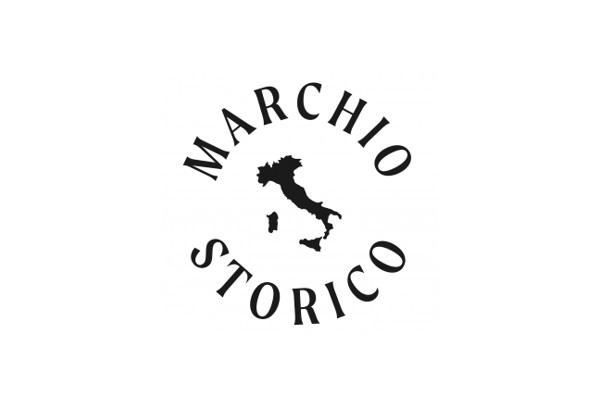A NEW BRAND MARKETING STRATEGY TOOL: THE HISTORICAL TRADEMARK OF NATIONAL INTEREST
The “historical trademark of national interest” is in force since 16 April 2020. It can be applied for by the Italian companies that – thanks to the use of a registered or used trademark for at least 50 years – have made, and certainly will continue to do, the “history” of national entrepreneurship.
But which entities can apply for the historical trademark?
The owners or exclusive licensees of trademarks registered for at least 50 years or for which it is possible to demonstrate continuous use for at least 50 years in association with products or services of a national company of excellence and historically connected to the national territory. Those that have the requirements above, and obtain the historical trademark, will be able to use and reproduce the historic brand logo alongside their brands.
And how?
The obtaining of the historical trademark, as anticipated above, is not automatic but subject to a specific entry in the special Register established at the UIBM, by submitting a specific application and upon payment of a stamp duty.
The application must contain:
- the complete data of the applicant and his qualification (owner or exclusive licensee);
- the details of the first registration and subsequent renewals if the trademark is registered;
- if the trademark is not registered, the documentation demonstrating the effective and continuous use of the trademark for at least 50 years, specifying the products (or services) to which it refers. The documentation is basically the same required when it is necessary to demonstrate the actual use of a trademark and can consist, for example, of samples of packaging, labels, price lists, catalogs, invoices, export or shipping documents, photographs, press reviews, advertising;
- a substitute declaration certifying that the trademark for which registration is requested is used for the marketing of products (or for the provision of services) of a national company of excellence historically connected to the national territory.
Once the application has been submitted, the UIBM (Italian Patent and Trademark Office) will accept or reject the request. The Register of historical trademarks will be available on the UIBM database that is not yet operative at the moment. The advantages of the historical trademark are therefore of several kinds: rather simple registration procedure, unlimited duration of the same which is not subject to any renewal but, on the contrary, can be canceled on specific request of the owner or of the exclusive licensee, the possibility of using this trademark for commercial and promotional purposes.
The advantages, however, are offset by the communication and information charges required by law. In fact, the company owner or licensee of a historical trademark that intends to close the main production site (or relocate it) and proceed to a collective redundancy must promptly notify the Ministry of Economic Development by providing detailed information about the closure project or relocation of the plant and, in particular:
a) the economic, financial or technical reasons for the closure or relocation project;
b) the actions aimed at reducing employment impacts;
c) the actions it intends to take to find a buyer;
d) the opportunities for employees to submit a public purchase offer.
The violation of these communication and information obligations entails a pecuniary administrative sanction.
It is therefore clear that, before proceeding with the request for registration in the special Register of historical trademarks, the companies concerned must carefully evaluate the advantages and possible disadvantages.
Chiara Luzzato
© Studio Torta (All rights reserved)




